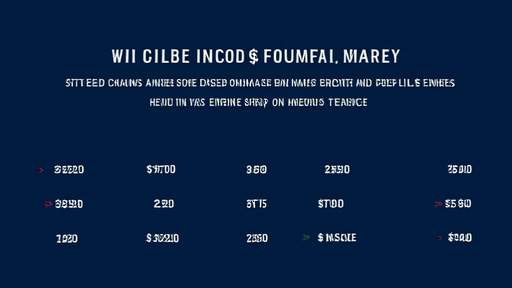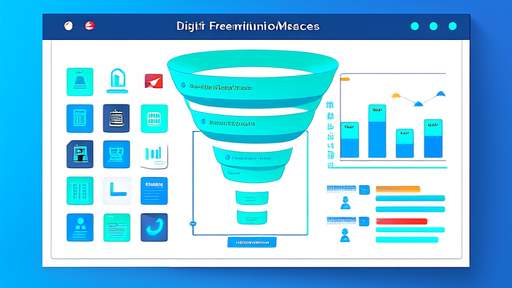The Hidden Calculus of Cross-Border DualCurrency Financing: Unpacking FX Hedging Costs
The global financial landscape has witnessed a surge in crossborder dualcurrency financing as corporations seek to capitalize on interest rate differentials and diversify funding sources. Yet beneath the surface of these sophisticated transactions lies a critical but often underestimated variable: the cost of hedging currency risk. Unlike domestic financing where currency exposure is linear, dualcurrency deals introduce a complex interplay between funding advantages and hedging overhead that can erode—or occasionally enhance—the intended economic benefits.
Market participants frequently fall into the trap of comparing nominal interest rates between currencies without accounting for the forward points that define hedging economics. A lower yielding currency may appear attractive until the cost of locking in exchange rates through forwards or swaps eliminates the interest differential. This dynamic creates what seasoned treasury teams refer to as the "hedging breakeven horizon"—the point where cumulative hedging expenses negate the funding advantage. In 2022, Japanese yen denominated loans to Southeast Asian corporations lost their luster precisely when threeyear hedging costs surpassed 150 basis points annually.
The instruments used for hedging carry their own embedded complexities. While plain vanilla forwards dominate singlecurrency exposures, dualcurrency financing often necessitates option strategies to manage the nonlinear payoff structures. The premium for at-the-money straddles on emerging market currencies can add 300-400 basis points to the all-in cost—a reality many CFOs discover only during quarterly hedge accounting reviews. Furthermore, the collateral requirements for crosscurrency swaps between non-deliverable currencies create liquidity drags that seldom feature in initial term sheets.
Regulatory environments further distort the hedging calculus. China's unique combination of capital controls and currency management policies, for instance, forces corporations into synthetic hedging structures using non-deliverable forwards (NDFs). The basis risk between onshore CNY and offshore CNH markets during periods of monetary policy divergence has led to hedging slippage exceeding 5% for some Belt and Road Initiative financings. Similarly, Brazilian real hedges incorporate unpredictable tax adjustments (IOF fees) that can swing hedging costs by 80 basis points between trade date and settlement.
Perhaps most counterintuitive is how hedging costs fluctuate with global risk sentiment—often inversely to when protection is most needed. During the March 2020 dollar liquidity crunch, the implied volatility component of EUR/JPY option hedges spiked to 15%, doubling the cost of capital protection precisely as corporate balance sheets were most vulnerable. This convexity in hedging expenses creates a perverse outcome: the financial instrument designed to mitigate risk becomes prohibitively expensive during crises.
Treasury teams that master this multidimensional puzzle employ several advanced techniques. Dynamic hedging programs that adjust notional amounts based on currency valuation metrics can reduce costs by 20-30% compared to static hedges. Some multinationals have begun incorporating machine learning algorithms to predict central bank intervention patterns, though regulatory constraints limit the scalability of such approaches. The most sophisticated players structure hybrid instruments—combining quanto swaps with partial hedges—to create cost-efficient exposure profiles.
The evolving regulatory landscape adds another layer of complexity. Basel III's credit valuation adjustment (CVA) rules have made banks more selective about long-dated FX hedges, particularly for counterparties with weaker credit profiles. This has manifested in wider bid-ask spreads for ten-year crosscurrency swaps—now averaging 45 basis points for BBBrated corporates compared to 25 basis points pre-2019. Meanwhile, IFRS 9's hedge accounting requirements force greater transparency in how hedging costs impact earnings volatility.
As markets price in higher structural volatility post-pandemic, the hidden economics of currency hedging will increasingly determine the true cost of crossborder capital. Corporations that fail to model these dynamics risk discovering that their "cheap" offshore financing carries effective interest rates several percentage points above domestic alternatives. The smartest treasury desks now treat hedging cost analysis not as an afterthought, but as the central variable in dualcurrency funding decisions—running continuous scenario analyses that stress test assumptions against potential currency regime shifts.
What emerges from this complexity is a fundamental truth: in global finance, there are no cheap currencies—only miscalculated hedging costs. The difference between successful and disastrous crossborder financing often lies not in the loan documentation, but in the meticulous accounting for every basis point of FX protection.

By /Jun 3, 2025

By /Jun 3, 2025

By /Jun 3, 2025

By /Jun 3, 2025

By /Jun 3, 2025

By /Jun 3, 2025

By /Jun 3, 2025

By /Jun 3, 2025

By /Jun 3, 2025

By /Jun 3, 2025

By /Jun 3, 2025

By /Jun 3, 2025

By /Jun 3, 2025

By /Jun 3, 2025

By /Jun 3, 2025

By /Jun 3, 2025

By /Jun 3, 2025

By /Jun 3, 2025

By /Jun 3, 2025

By /Jun 3, 2025